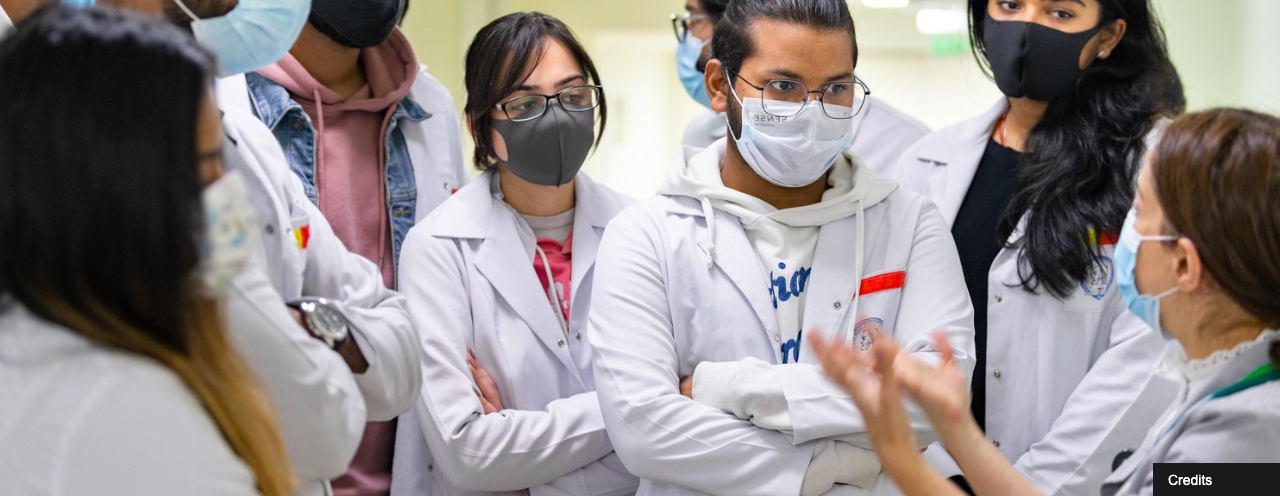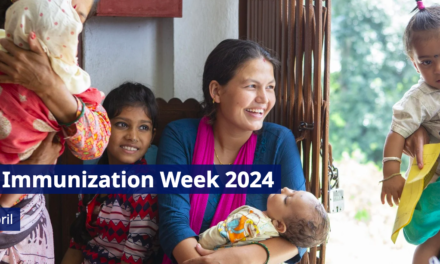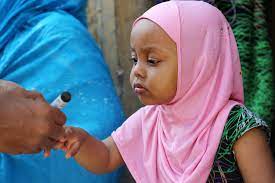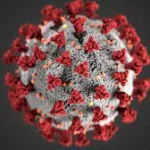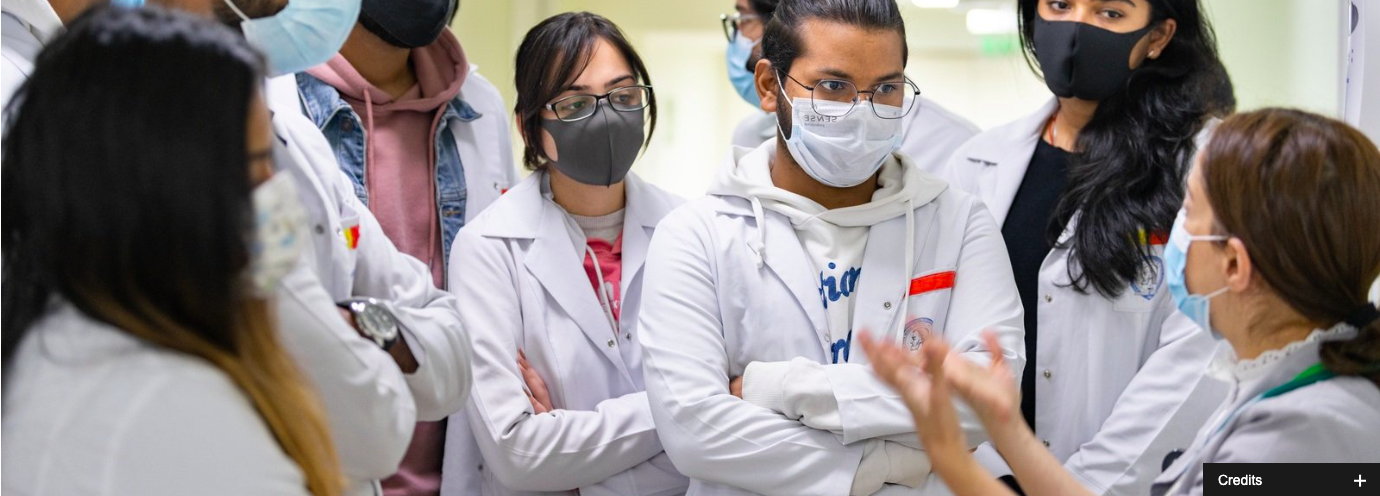
A new World Health Organization (WHO) report reveals high levels of resistance in bacteria, causing life-threatening bloodstream infections, as well as increasing resistance to treatment in several bacteria causing common infections in the community based on data reported by 87 countries in 2020.
“Antimicrobial resistance undermines modern medicine and puts millions of lives at risk,” said Dr Tedros Adhanom Ghebreyesus, WHO Director-General. “To truly understand the extent of the global threat and mount an effective public health response to AMR, we must scale up microbiology testing and provide quality-assured data across all countries, not just wealthier ones.”
Although most resistance trends have remained stable over the past 4 years, bloodstream infections due to resistant Escherichia coli and Salmonella spp. and resistant gonorrhoea infections increased by at least 15% compared to rates in 2017. More research is needed to identify the reasons behind the observed AMR increase and to what extent it is related to raised hospitalizations and increased antibiotic treatments during the COVID-19 pandemic. The pandemic also meant that several countries were unable to report data for 2020.
New analyses show that countries with a lower testing coverage, mostly low- and middle-income countries (LMICs), are more likely to report significantly higher AMR rates for most “bug-drug” combinations. This may be (partly) due to the fact that in many LMICs, a limited number of referral hospitals report to GLASS. These hospitals often care for the sickest patients who may have received previous antibiotic treatment.
For example, the global median AMR levels were 42% (E. Coli) and 35% (Methicilin-resistant Staphylococcus aureus – MRSA) – the two AMR Sustainable Development Goal indicators. But when only countries with high testing coverage were considered, these levels were markedly lower at 11% and 6.8%, respectively.
As for antimicrobial consumption in humans, 65% of 27 reporting countries met WHO’s target of ensuring that at least 60% of antimicrobials consumed are from the ‘ACCESS’ group of antibiotics, i.e. antibiotics which – according to the WHO AWaRE classification – are effective in a wide range of common infections and have a relatively low risk of creating resistance.
AMR rates remain difficult to interpret due to insufficient testing coverage and weak laboratory capacity, particularly in low- and middle-income countries. To overcome this critical gap, WHO will follow a two-pronged approach aiming at short-term evidence generation through surveys and long-term capacity building for routine surveillance. This will entail the introduction of representative national AMR prevalence surveys to generate AMR baseline and trend data for policy development and monitoring of interventions and an increase of quality-assured laboratories reporting representative AMR data at all levels of the health system.
Responding to trends of antimicrobial resistance requires high-level commitment from countries to boost surveillance capacity and provide quality assured data as well as action by all people and communities. By strengthening the collection of standardized quality AMR and AMC data, the next phase of GLASS will underpin effective data-driven action to stop the emergence and spread of AMR and protect the use of antimicrobial medicines for future generations.

